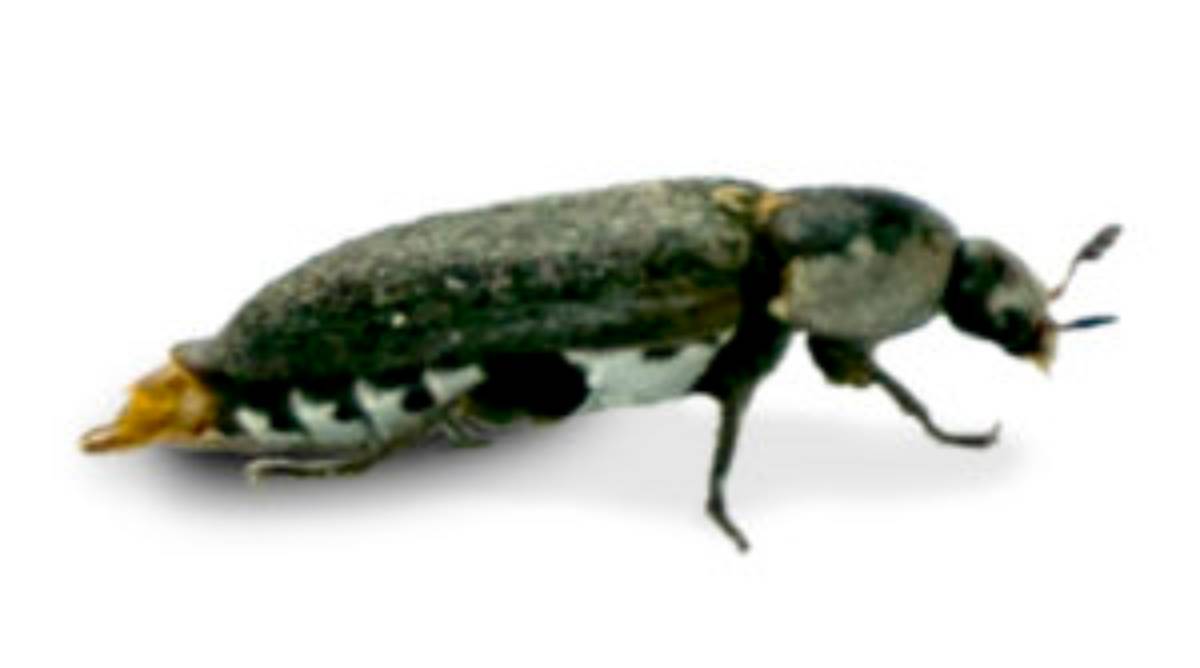Josh's Frogs
Why you should buy from us
Meet the Meat Eaters: Dermestid Beetle Culture and Care
Dermestid beetle cultures are very easy to care for and maintain. They are most popular among taxidermists for the use of cleaning skulls and skeletons.


Habitat Setup & Maintenance
Your newly purchased dermestid beetle culture from Josh’s Frogs comes with approximately 30-50 larvae, a dozen or so adult beetles, and numerous of eggs within the cotton ball substrate. It will take about 90 days to cultivate an established colony, with a large percentage of larvae that can clean a carcass quickly. Adult female beetles will lay hundreds of microscopic eggs within the substrate and in crevices around the food source. Eggs will hatch in 3-4 days, and the larvae will molt around 7 times. Development from egg to adult generally takes 60 to 65 days. Transfer the culture to a 5+ gallon aquarium with cotton ball bedding with a well-ventilated and secured screen top. This will also help prevent mold growth. Within the next couple of months, your culture should be large enough to move them to a bigger, 10-gallon aquarium. Check the habitat daily to ensure that all conditions are satisfactory.Water & Humidity
Your dermestid beetle culture should have supplemental water until they become an established colony. This may be accomplished by placing a damp paper towel, sponge, or water crystals in their enclosure daily. Keep in mind that too much moisture may result in the emergence of mites. Humidity levels should be between 50–60%.Heating & Lighting
Dermestid beetles do best in temperatures between 70-80 degrees Fahrenheit. This is accomplished by storing the colonies in a heated room, using an under tank heat mat, or a non-light emitting heat lamp. At temperatures above 80 degrees, the adult beetles tend to fly. Dermestid beetles prefer to work in the dark, so avoid using any kind of special UVA/UVB lighting equipment.Feeding
Dermestid beetle cultures can be fed meat scraps until they are ample enough to tackle skulls and skeletons. Colonies can go a week or two between feedings, if necessary, but the growth of the colony is generally controlled by the addition of food. It's important to use whole meat (not ground - you want the stuff with meat, fat, and connective tissue), so your dermestids get a varied diet.[button-green url="https://new.joshsfrogs.com/p/dermestid-beetle-starter-culture-jfb00770" target="_blank" position="center"]Purchase a Culture Today[/button-green]Topics in this Blog
None

